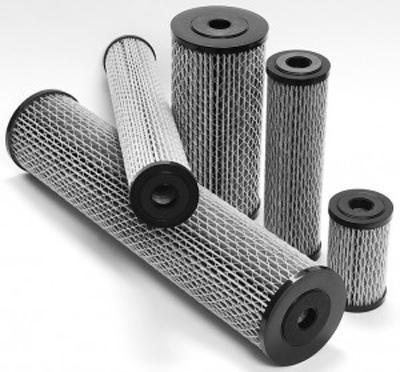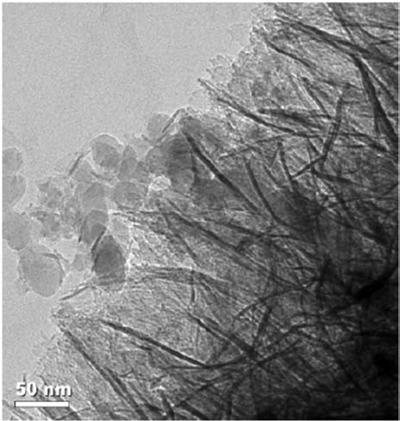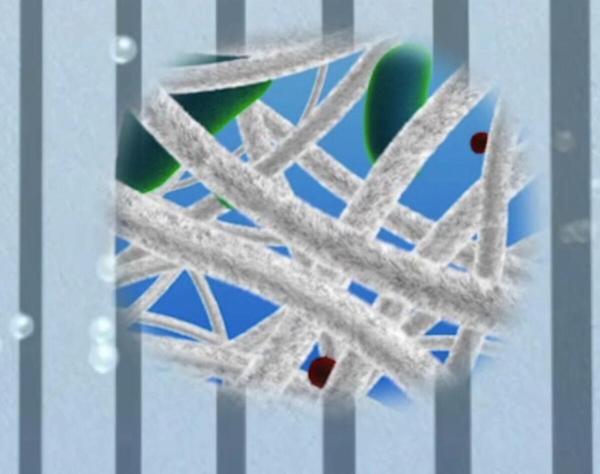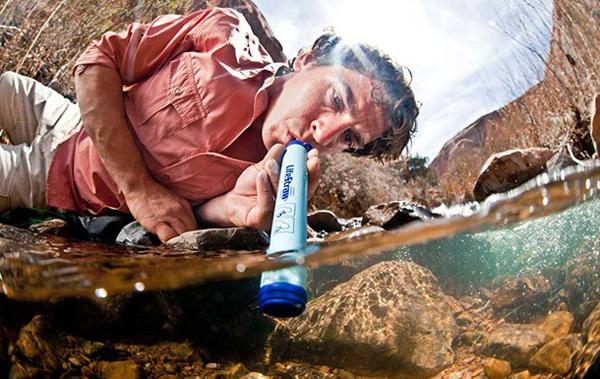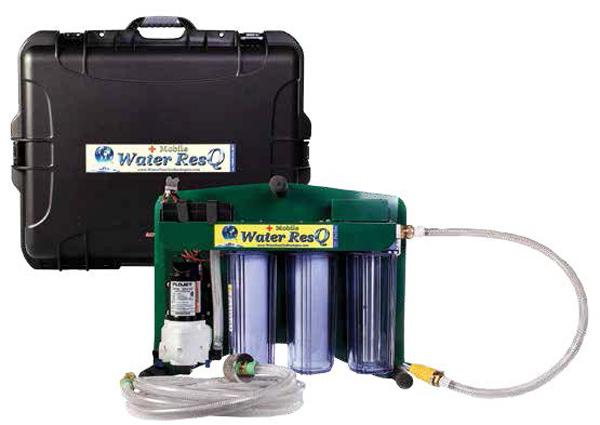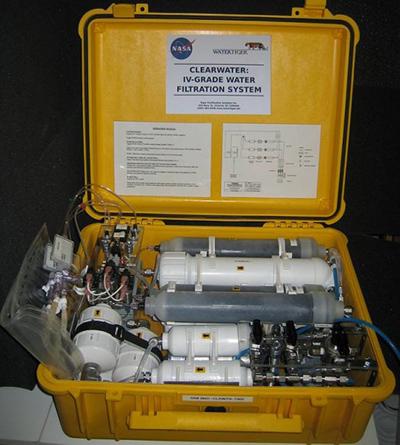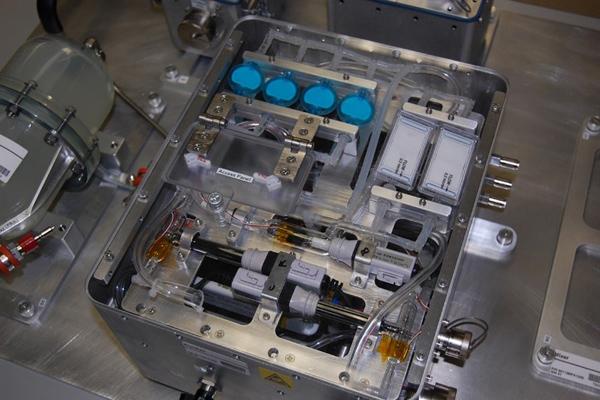Water is the most precious resource in space life, and it is estimated that it will cost at least $83,000 to transport one gallon of water to suborbital space. In order to solve the problem of astronauts' space water use, NASA JSC began a small business innovation research (SBIR) contract with nanomaterials company Argonide in 2000 to develop water circulation filtration and disinfection systems. In 2002, the company developed the NanoCeram filter based on nanofiber core technology, which has been proven to provide superior purification for space drinking water. With this technology, astronauts' sweat and urine can be incorporated into the water recovery system for efficient purification. The NanoCeram filter element is made of nano-alumina fiber composite on a 9.65 mm diameter glass fiber. The average diameter of the nanofiber is about 2 nm, the average length is about 200-300 nm, and the specific surface area of ​​the filter is up to 500 m2/g. With a positive charge. When filtering, impurities larger than 2 μm are directly filtered due to the interception of nanofibers, while finer particles are adsorbed and filtered by positively charged nano alumina fibers due to a slight negative charge, so single layer filtration The filtration efficiency of the medium to 0.025μm particles can reach 99.99% (3 layers of medium can reach 99.999 9%), which can effectively remove bacteria, viruses, organic particles, parasites and heavy metal particles such as iron and lead in water. At the same time, since the filter medium has a larger pore diameter with respect to its filtered foreign particles, it has an advantage of high fluidity, high dust holding capacity, and low pressure drop. Although NanoCeram was developed for astronauts in space, it is a highly versatile technology that has enormous potential applications in the civilian sector: approximately 900 million people worldwide lack safe and purified drinking water. 3 to 4 million people have died from diseases related to water pollution; field marches, hiking, etc. also have an urgent need for portable real-time water purification equipment; and so on. Therefore, NanoCeram technology is rapidly expanding in the civilian sector. For example, in 2006 Argonide licensed NanoCeram filtration technology to Ahlstrom, after which Oslo completed the commercial production of nano-aluminum fiber media under the trade name “Disruptor?†based on NanoCeram technology. On the basis of this, the addition of activated carbon powder (PAC) further improves the filtration performance of the medium (Disruptor? PAC), and has been widely used in the field of civil drinking water filtration. In addition, NASA's 2017 report on the marketization of NanoCeram technology introduced Water ResQ, a portable water purification unit from Water Pure Technologies, a Utah-based water purifier company, and its upgraded version of the Mobile Water ResQU.V. system. The system deploys the water purification system in a portable carrying case that can be recharged with solar panels or hand-cranked, filtering 2.9 gallons of water per minute, and adding additional filtration modules for highly polluted water. Currently, the company has received orders from firefighting parachuting brigades, emergency rescue organizations, and the military. Based on space water filtration and filtration technology, NASA is further improving the cleanliness of its space-circulating water in order to produce IntraVenous (IV) clean water in space. As the astronauts are sick or injured in each space mission, and the NASA International Space Station patient status database has confirmed that 115 medical conditions that may occur in space require intravenous injection, such as a severely burned astronaut. Approximately 100 L (30 L in the first 3 days only) of IV fluid is required during the course of treatment. A recent NASA study shows that the Mars mission may require up to 248 L of intravenous fluid, but currently only 12 L of liquid can be stored in the space station, and the cost of such a huge IV liquid demand into space is enormous – Occupy a large amount of space, high sterility requirements and limited shelf life. To this end, NASA has established a project called IntraVenous Fluid GENeration for Exploration Missions (IVGEN), which was developed by the Kennedy Space Center and the Glenn Research Center to develop an IV water purification test system in 2010 and on the International Space Station. Tested, from the test results released by NASA, there are still some defects in salt solution concentration, bubble control, etc., and the project ended in failure. However, it is foreseeable that if this technology is successfully developed, in addition to the medical field in the space station, it has very good application prospects and value in the fields of field wars, submarines, ocean fleets and civil medical rescue. Golf Caps,Golf Hat,Golf Caps For Men,Mens Golf Hats Shandong Urelia International Co., Ltd. , https://www.ureliacn.com